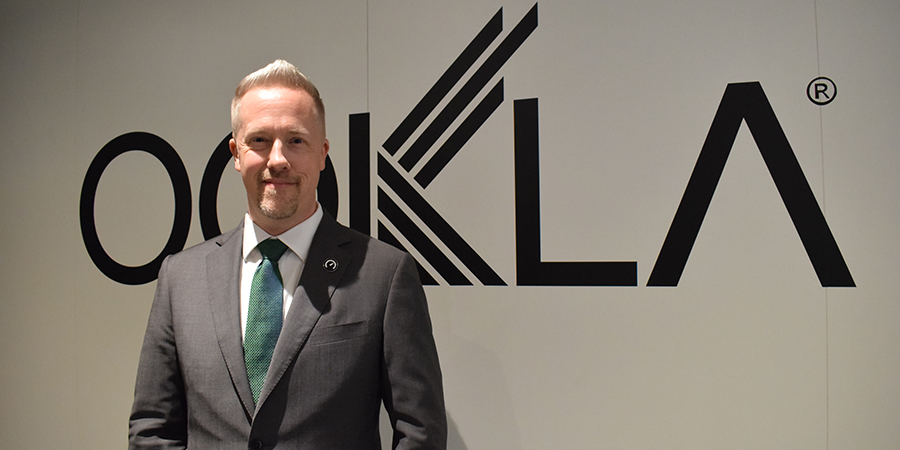On the sidelines of MWC22 in Barcelona, Telecom Review secured a one-on-one interview with Doug Suttles, cofounder and CEO of Ookla to talk more about how the company obtains credible results, its role in boosting connectivity, and some of its ongoing projects.
What criteria do you use to rate network performance? And how do you ensure the accuracy and credibility of results?
There are two sides to the Ookla and Speedtest business, which are the consumer and the enterprise. First, we look at making sure we produce a platform and a test that is accurate and the consumers trust. The result produces a large volume of data that enables us to benchmark and help operators improve their networks. We use standard metrics: download, upload, throughput measures, latency, and jitter, in addition to multiple supplementary metrics that we collect. Then, we put all these together with a lot of robust data science to ensure that we are ranking things correctly, and that we properly assess performance.
How does Ookla contribute to improving connectivity?
We are a brand known worldwide. The fact that we measure everywhere and are trusted by the consumer makes us be the ideal provider of insights to operators around the world. We know where networks exist, how they perform, whether operators themselves are using the platform for business reasons, or if it is regulators trying to look, see, and ensure that all of their population is able to get good internet connectivity. We are the ultimate source for that information.
How did testing evolve in parallel with technological developments? And what is coming next?
In the beginning, the first Speedtest from Ookla was the website Speedtest.net, which clearly is not intended for mobile measurement; but this was back in 2006, even before smartphones became common. Fast forward to now where everyone has fiber and 5G, the technology is not the same anymore. One of the things that has changed from my viewpoint, is to be able to measure the capacities that are out there these days. We are the only global platform that can do this, mainly because we have more than 16,000 servers around the world and our testing infrastructure is very unique. It is important to note that these are not server farms, our servers are deployed everywhere, in every country.
When someone takes a test, we, from our side, start by talking to one server, and then adding in the others so that we make sure that the bottleneck is nowhere in between. This is how we truly can measure the capacity of the last mile of a network as a result. The process is a lot more detailed, but this is a broad idea to describe it and explain the biggest chain and the biggest evolution of testing over the years.
Can you tell us more about the new Ookla Wind product suite?
We have been a ‘crowd company’ for years since both Speedtest and Downdetector provide us with insights and measurements from the crowd. These services are great for benchmarking and assessing problems or incidents. However, we can only see networks that are alive, meaning that we cannot help the customer build their network because it is not visible to us until it is turned on from the customer’s side, and that is where we start gaining data. Then, the data gathered can indicate where there might be an issue. ‘Wind’ helps actively solve problems for telcos in real-time:.On the one hand, it extends what we can do: site assessment, ensure the good functioning of infrastructure before turning it live, have real-time results – which is a unique, fast, and instant test and measurement platform – and on the other hand, it can now detect the issue and solve it with the tools and services Ookla can provide.
How does Ookla’s recent acquisition of RootMetrics fit into your future plans?
In the same logic of having an expanded product suite, RootMetrics helps us further extend into new solutions of deeper engineering and great problem solving. First, RootMetrics offers controlled scientific testing. We can collect so much more detailed network data that we couldn’t collect before from the crowd. We knew we needed to do that in some way, as we're further expanding beyond the crowd. But, what is important as well is controlled testing informing the crowd as a form of validation that can happen around the world. We, as Ookla, want to validate our results with the crowd’s trust: with scientific testing using the same Speedtest. We can do a control drive in a metro area, for example, have the results coincide, and have the rest of the crowd in that geography become valid.
This is our vision. We will do more of the traditional drive testing that Rootmetrics has always done, but our goal is to blend it together and have this be a one-stop-shop.











